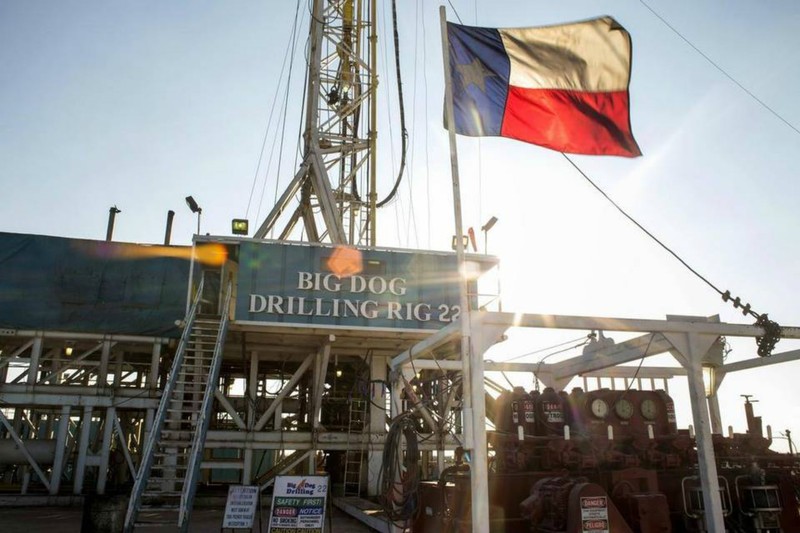Permian’s Wolfcamp formation called biggest shale oil field in U.S.
Big oil discoveries in shale formations have made the Permian Basin in West Texas the hottest oil play in the U.S. despite low oil prices. Big oil discoveries in shale formations have made the Permian Basin in West Texas the hottest oil play in the U.S. despite low oil prices. Brittany Sowacke Bloomberg News

In a troubled oil world, the Permian Basin is the gift that keeps on giving.
One portion of the giant field, known as the Wolfcamp formation, was found to hold 20 billion barrels of oil trapped in four layers of shale beneath West Texas. That’s almost three times larger than North Dakota’s Bakken play and the single largest U.S. unconventional crude accumulation ever assessed, according to the U.S. Geological Survey. At current prices, that oil is worth almost $900 billion.
The estimate lends credence to the assertion from Pioneer Natural Resources CEO Scott Sheffield that the Permian’s shale could hold as much as 75 billion barrels, making it second only to Saudi Arabia’s Ghawar field. Irving-based Pioneer has been increasing its production targets all year as drilling in the Wolfcamp produced bigger gushers than the company’s engineers and geologists forecast.
“The fact that this is the largest assessment of continuous oil we have ever done just goes to show that, even in areas that have produced billions of barrels of oil, there is still the potential to find billions more,” Walter Guidroz, coordinator for the geological survey’s energy resources program, said in the statement.
Oil explorers have been flocking to the Permian Basin in West Texas and New Mexico to tap deposits so rich that they can generate profits even at lower oil prices. A race to grab land in the Permian has been the main driver of a surge of deals in the energy patch and the industry’s main source of good news.
Although the Permian has been gushing crude since the 1920s, its multiple layers of oil-soaked shale remained largely untapped until the last several years, when intensive drilling and fracturing techniques perfected in other U.S. regions were adopted. The Wolfcamp, which is as much as a mile thick in some places, has been one of the primary targets.
ConocoPhillips, the world’s largest independent oil producer by market value, increased its estimate for the size of its Wolfcamp holdings on Nov. 10 to 1.8 billion barrels from 1 billion last year. A day earlier, Concho Resources CEO Timothy Leach told investors and analysts that two recent wells it drilled in the Wolfcamp were pumping an average of 2,000 barrels a day each.
|